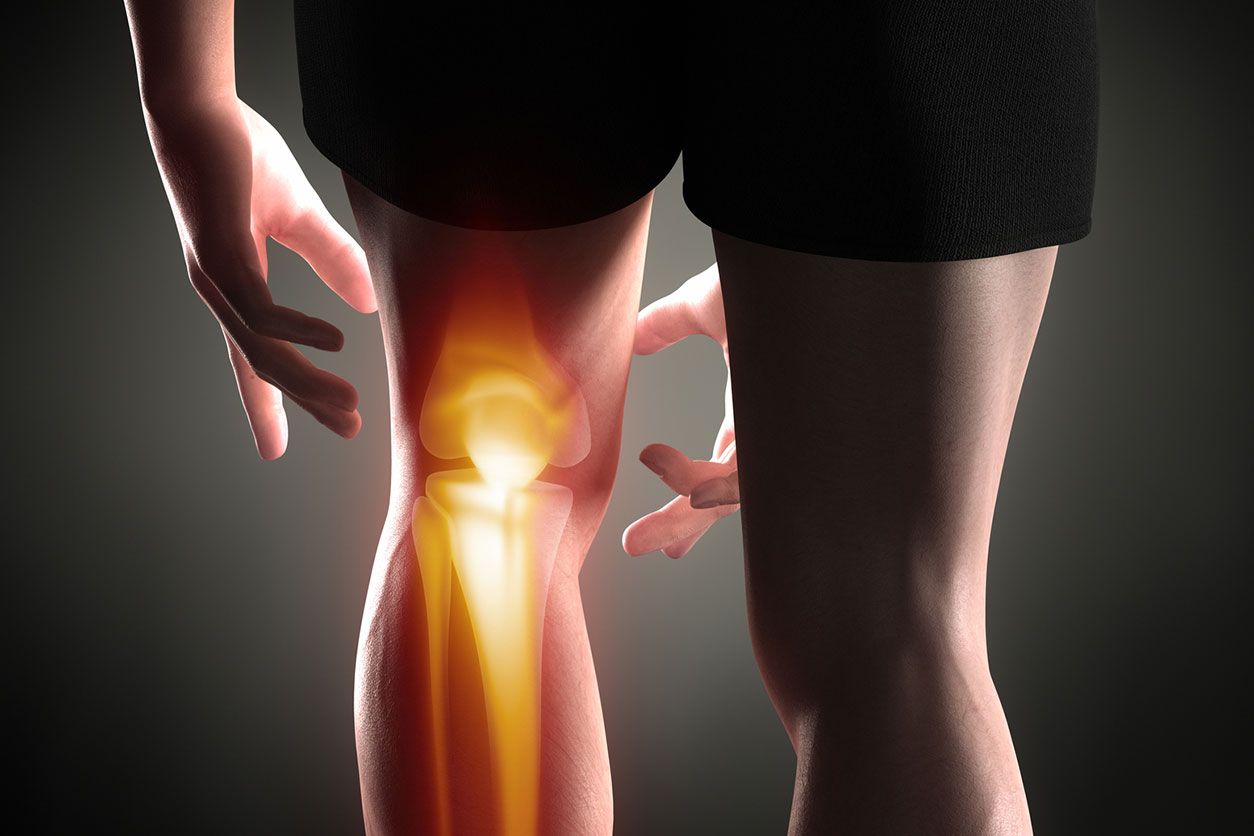What Is Arthroscopic Surgery?

If you have ever repaired an injury to one of your joints, you may be acquainted with arthroscopic surgery. Because a large incision isn’t necessary, the procedure is not nearly as scary as it sounds. It is a very common, minimally invasive procedure typically done on an outpatient basis that is performed on various parts of the body:
- Hand or wrist
- Foot or ankle
- Knee
- Hip
- Shoulder
- Elbow
Over two million people undergo arthroscopic knee surgery every year. Many of them recover their full strength and stability so they can go on to perform routine physical activities with no lingering pain. Because it results in a smaller incision than with a typical surgery, athletes who have experienced a mild fracture frequently undergo an arthroscopic procedure and are back on the field in the same season.
Why Would You Need Arthroscopic Surgery?
An arthroscope is a small, pencil-thin instrument with a camera attached to it that can be inserted into the body. It is most often associated with the examination of joints because it enables doctors to get a more detailed view of damaged tissue or ligaments than an X-Ray or other imaging procedure can provide. Because it is minimally invasive, it can be used for the examination of an injury, treatment or both.
If you are seeking treatment for a joint problem, your doctor may suggest arthroscopy.
This type of surgery is sometimes necessary for a wide range of conditions, including:
- To remove fragments of broken bone from the joint area
- To treat a repetitive motion injury that builds up over time
- For a mini-open rotator cuff repair, which is similar to that of the open rotator cuff repair
How Does Arthroscopic Surgery Work?
If you are planning to undergo this type of surgery, expect some pre-surgery preparation when you arrive. The type of anesthesia provided depends on various factors. Typically, the patient is given a sedative that is appropriate for the severity of the injury and the length of the surgery. A positioning device may be used to hold your limb in place. In some instances, a tourniquet is used to decrease blood loss and provide the physician with better visibility inside the joint.
After a few small openings are made near the injured area, your orthopaedic physician will insert an arthroscope through one of the incisions. The other openings are used for small surgical instruments to enter. The attached camera lens and light will allow your surgeon to examine the injury closely by projecting images from inside the joint onto a video screen. Fluid may be injected into the joint to give a clearer view. The goal is to detect damaged tissue and other problems so that the treatment is as appropriate and accurate as possible.
This two-pronged approach often means that, if a problem is found, no new cuts will be made to your skin. However, sometimes a new incision is necessary for the joint to receive proper treatment. Following an arthroscopic procedure:
- The opening is closed.
- Your skin is bandaged.
- You are transferred to a recovery room.
- You will receive tips to help your recovery.
Recovering from Arthroscopic Surgery
Most patients are discharged home that same day so they can start their path to recovery from the comfort of their own home. Still, you may need to prepare to be at the medical facility for several hours at least. The surgery itself can take two hours or more, and a recovery period is necessary afterward to ensure the patient is ready to be discharged.
Talk to your physician beforehand to gain a full understanding of how you can prepare for surgery and what kind of recovery to expect afterward. Physical or occupational therapy is often a crucial part of making a full recovery. Some patients choose to start PT in the weeks leading up to surgery to minimize atrophy and shorten their recovery time.
In the aftermath of your surgery, it is vital to follow the guidelines you’ve been given to protect the area. While the majority of these surgeries are successful, contact your doctor if you experience any of the following:
- Fever
- Worsening pain
- Swelling
- Numbness or tingling
- Sign of infection
Do you need help diagnosing or treating a joint problem? At MidAmerica Orthpaedics, you’ll get access to a team of highly trained specialists and state-of-the-art diagnostics, all under one roof. Contact us to schedule an appointment with a trusted physician who will determine the best path to recovery for your needs.

